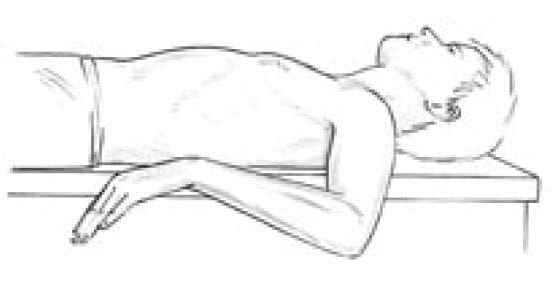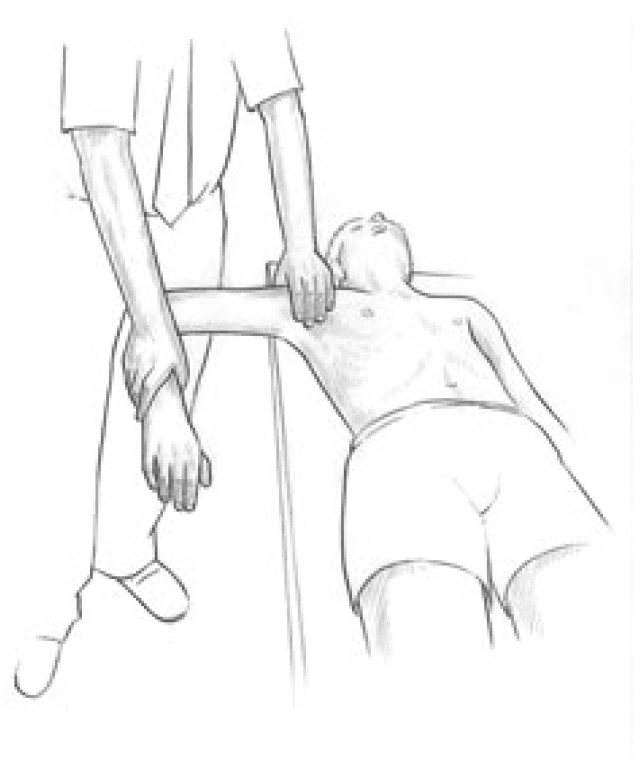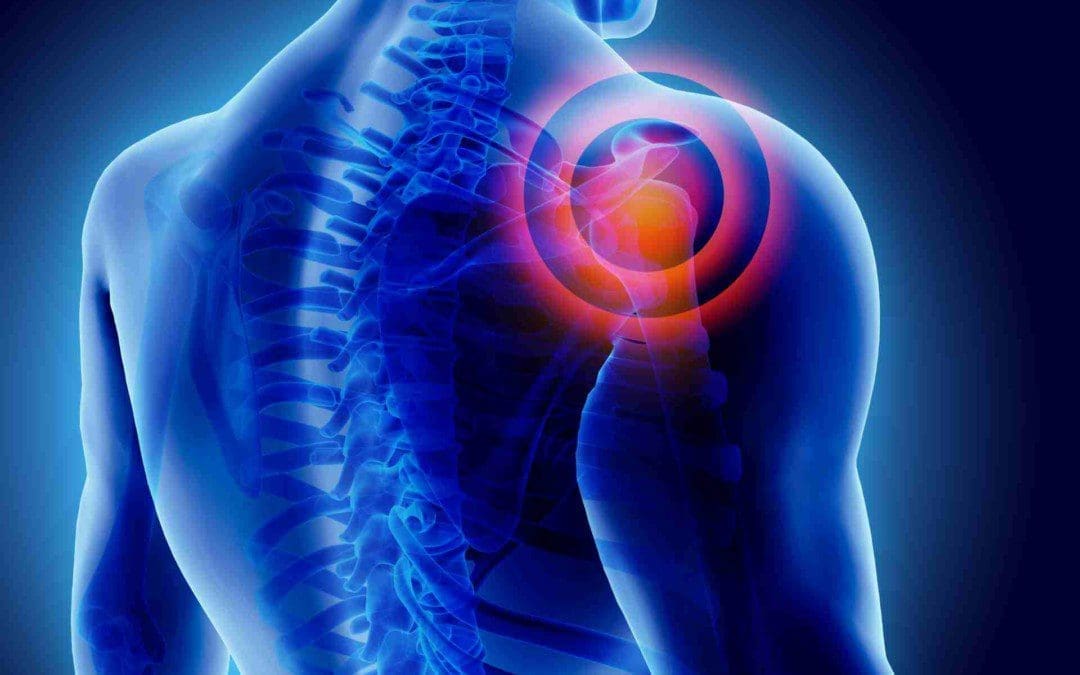
Shoulder Joint Pain Associated With Trigger Points
Introduction
As the body’s most mobile joints, the shoulders are surrounded by muscles, tissues, and ligaments that help support the shoulders and the rotator cuff in mobility function, thus ensuring the shoulders remain in a stable, normal position. As a complex structure that is made up of three bones: the humerus (upper arm bone), the scapula (shoulder blades), and the clavicle (collarbone), the shoulders provide a wide range of motion without feeling pain. When injuries affect the muscles, tissues, and joints of the shoulders, they can potentially develop tiny knots along the muscle fibers and invoke pain-like symptoms on the upper extremities of the body. To that point, it affects not only the shoulders but also the arms and the hands. Today’s article looks at the infraspinatus muscle, how shoulder joint pain is associated with trigger points, and various treatments to manage trigger points related to the shoulder joint. We refer patients to certified providers who specialize in musculoskeletal treatments to aid individuals suffering from trigger points related to the shoulder joints and the infraspinatus muscles. We also guide our patients by referring them to our associated medical providers based on their examination when appropriate. We ensure to find that education is the solution to asking our providers insightful questions. Dr. Jimenez DC observes this information as an educational service only. Disclaimer
What Is The Infraspinatus Muscle?
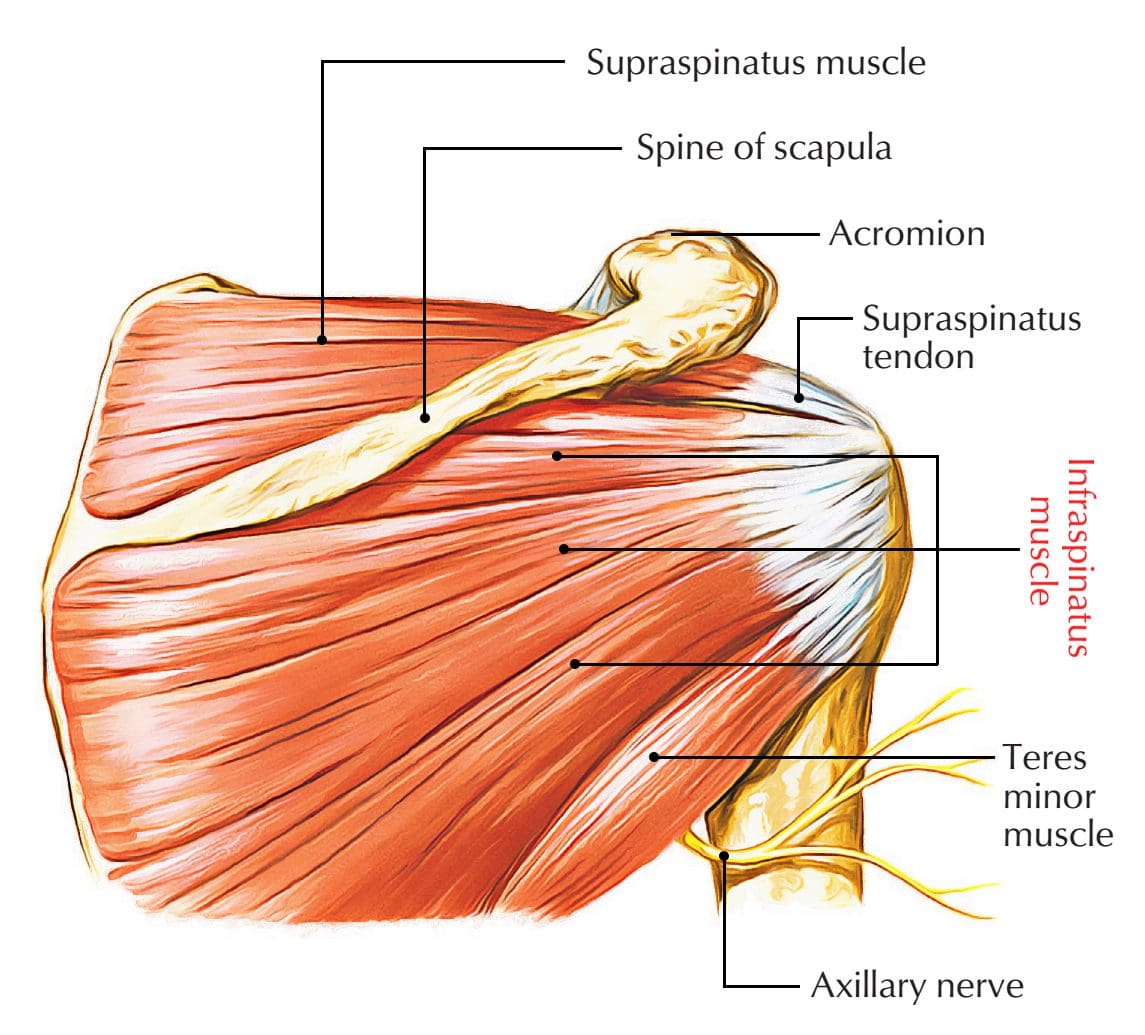
Do you feel stiffness along your shoulders or upper arms? Does it hurt when you rotate your shoulders? Or have you been experiencing a tingling or numbing sensation traveling down your arms? Many people who experience shoulder pain might be due to trigger points affecting their infraspinatus muscles. The infraspinatus muscle is a muscle that looks like a thick triangle that covers the front of the scapula. The infraspinatus is a part of the rotator cuff muscles or commonly referred to as SITS:
- Supraspinatus
- Infraspinatus
- Teres minor
- Subscapularis
These four muscles provide the functionality to the rotator cuffs in the shoulders to allow the arms full range of motion. Studies reveal that rotator cuff activity from these muscles is crucial for normal shoulder motion. To that point, the infraspinatus plays a vital role by providing dynamic stability while producing external rotation at the shoulder. However, traumatic forces can affect the infraspinatus muscles causing lesions and other conditions to affect the shoulders and rotator cuffs, causing pain-like symptoms to the upper half of the body.
Shoulder Joint Pain Associated With Trigger Points
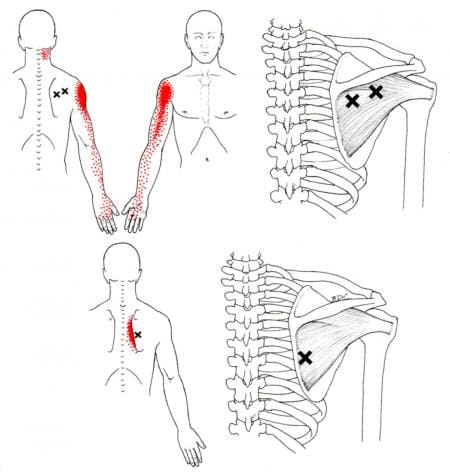
Since shoulder pain is the third most common musculoskeletal disorder, the underlying causes are rotator cuff disorders and referred pain in the neck. When traumatic factors begin to affect the shoulder muscles and the rotator cuff muscles, it can potentially lead to the development of myofascial pain syndrome or trigger points along the muscle fibers of the shoulders. Referred pain causes pain in one area of the body when in actuality is affecting the other side of the body. For trigger points associated with shoulder joint pain, studies reveal that myofascial pain from trigger points in the infraspinatus may give rise to referred pain in the arms, shoulders, or even the cervical spine in some patients. To that point, trigger point pain associated with the shoulder joint may mimic carpal tunnel symptoms around the wrist. When trigger points mimic other chronic conditions, it often makes it a bit harder to diagnose the symptoms.
Treating Trigger Point Release On The Infraspinatus Muscle-Video
Have you been dealing with pain-like symptoms in your wrist? Do you feel muscle stiffness when rotating your shoulders? Or have you been experiencing numbness or tingling sensations from the shoulders to the fingertips? If you have been experiencing any of these symptoms, it could be referred to pain from trigger point pain associated with the infraspinatus muscle on the shoulder joint. Trigger points form tiny nodules along the taut muscle fibers of the affected muscle area. The video above explains where the trigger points are located on the infraspinatus muscle on the scapula (shoulder blades) and how to release the trigger points. All is not lost, as various treatments can help manage trigger points associated with the shoulder joint. Studies reveal that chronic musculoskeletal disorders in the shoulder joint are often associated with myofascial trigger points, causing referred pain along the arm down to the fingertips. To that point, pain specialists incorporate and apply acupuncture or dry needling on the trigger point can help improve pain and disability for many individuals with shoulder pain.
Treatments Managing Trigger Points Associated With The Shoulder Joint
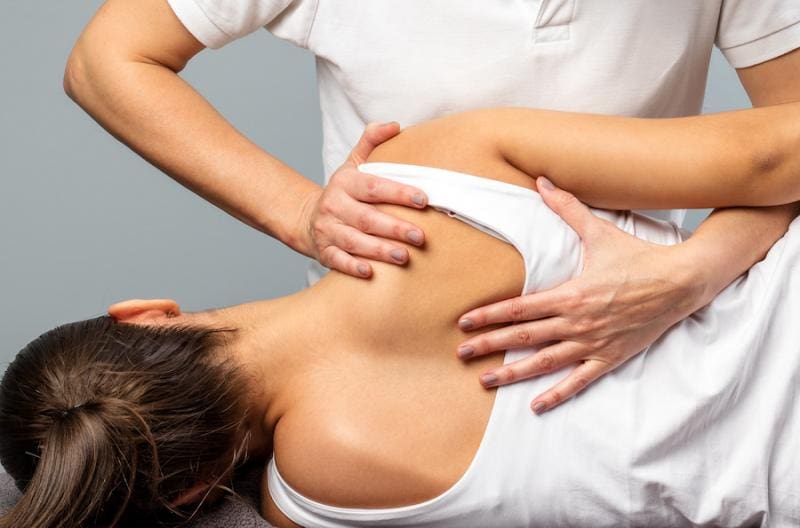
When many individuals are dealing with trigger point pain associated with the shoulder joint, they sometimes believe that it could be something that is affecting their heart. Now, why would the heart be associated with the shoulder joint? This is due to somato-visceral pain (the affected muscle is causing issues to the corresponding organ) that is causing referred pain to affect the heart. When patients go to their primary doctors, they go through an examination to see what the issue is, and this allows the doctor to go through a clinical process to come up with a diagnosis of what is going on, which in this case is trigger points associated with the shoulder joint. Once the doctor diagnoses the issue, they can refer their patients to a pain specialist like a chiropractor, massage therapist, or a physiotherapist to manage the trigger points in the affected muscle area. Chiropractors, massage therapists, and physiotherapists utilize various techniques to relieve trigger points from the infraspinatus muscle in the shoulder joints. Some of the available treatments that are used to manage trigger points associated with the shoulder joint include:
- Stretching
- Ice/Heat Compress
- Spinal Adjustments
- Acupuncture
- Trigger Point Injection
Conclusion
The muscle known as the infraspinatus is part of the rotator cuff that works along the shoulder and looks like a thick triangle on the scapula or shoulder. This muscle helps the rotator cuff activity for normal shoulder motion by providing dynamic stability while performing external rotation on the shoulder. When traumatic factors affect the infraspinatus muscle, it can develop trigger points along the muscle fibers of the infraspinatus muscle and cause referred pain along the shoulders and down to the arms. Fortunately, various treatments available can manage trigger points and relieve the pain from producing more issues along the shoulder. To that point, many individuals can have normal shoulder function without pain.
References
Ha, Sung-Min, et al. “Selective Activation of the Infraspinatus Muscle.” Journal of Athletic Training, National Athletic Trainers Association, 2013, www.ncbi.nlm.nih.gov/pmc/articles/PMC3655748/.
Kamali, Fahimeh, et al. “Comparison of Upper Trapezius and Infraspinatus Myofascial Trigger Point Therapy by Dry Needling in Overhead Athletes with Unilateral Shoulder Impingement Syndrome.” Journal of Sport Rehabilitation, U.S. National Library of Medicine, 30 Nov. 2018, pubmed.ncbi.nlm.nih.gov/29364040/.
Meder, Marek A, et al. “Reliability of the Infraspinatus Test in Carpal Tunnel Syndrome: A Clinical Study.” Journal of Clinical and Diagnostic Research : JCDR, JCDR Research and Publications (P) Limited, May 2017, www.ncbi.nlm.nih.gov/pmc/articles/PMC5483796/.
Williams, Jeslin M, et al. “Anatomy, Shoulder and Upper Limb, Infraspinatus Muscle.” In: StatPearls [Internet]. Treasure Island (FL), StatPearls Publishing, 13 Aug. 2021, www.ncbi.nlm.nih.gov/books/NBK513255/.


